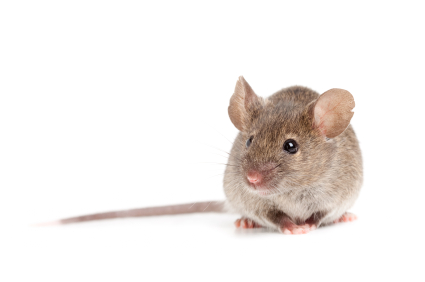How to Remove Mice in Your Crawl Space

Finding Mice in Crawl Spaces
Mice are experts at finding ways into homes. They need only the smallest gaps in walls to sneak inside. As such, crawl spaces offer easy access. Many wires run from the outdoors into the area under the first floor of buildings.
There are many reasons homeowners find mice hiding in crawl spaces. The pests enjoy the undisturbed place to nest and give birth. These areas also grant rodents protection from predators and weather.
Resulting Issues
Unique problems result from having mice in crawl spaces. Since people generally don’t access these areas, the pests are able to stay concealed for long periods of time. This prolongs residents’ exposure to diseases.
In addition, trapped rodents often die in crawl spaces. Their carcasses then release odors into homes and attract insects like cockroaches and flies.
Removing Mice from a Crawl Space
When homeowners identify an infestation, they should call professionals. Since mice can transmit diseases even after death, residents should never attempt to take care of a rodent problem by themselves.
Critter Control technicians have experience dealing with these issues. They can remove any mice in a crawl space safely and efficiently.
Learn more about mouse removal.
Get them out.
Keep them out.®
Experiencing a wildlife or pest issue? We can help! Complete this form and your local Critter Control® office will contact you to assist.
- Baby Mice
- Dead Mice
- House Mouse Nest
- How to Get Rid of Mice
- Mice Behavior in the Winter
- Fear of Mice
- How to Catch a Mouse
- Life Cycle of a Mouse
- Mice in Attic Removal
- Mice in the House
- Mice in the Walls
- Mice in Yard
- Mice Problems
- Mouse Poop & Droppings
- Mice in Pantry
- Mouse Noises
- Mouse Repellent
- Mouse Tracks
- Mouse Traps & Bait
- Mice vs. Rats
- Types of Mice
- Diseases That Mice Carry
- Mouse Appearance
- Where Do Mice Hide?
- White Footed Mouse Habitat
